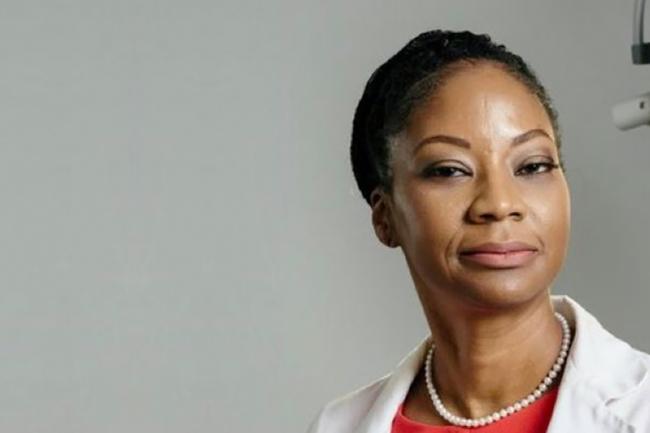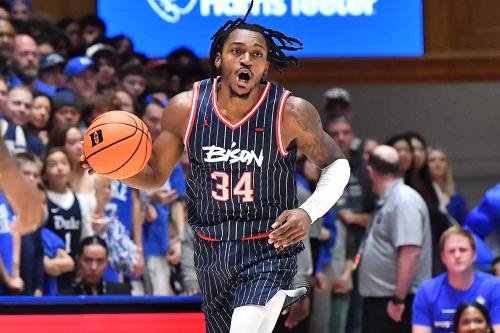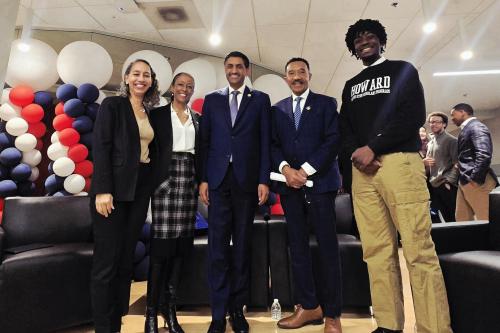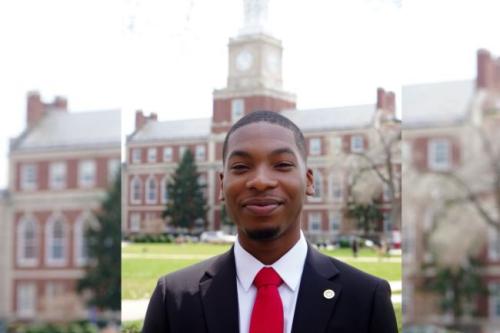Lori Wilson, M.D., FACS, is more than just a cancer practitioner – she was once a breast cancer patient herself. The chief of surgical oncology at Howard University Hospital and program director of the general surgical residency is the first woman to hold the division chief position and credits Howard for giving her the opportunities to rise in her career. As a result, she believes it allows her to help other practitioners and patients succeed. She often speaks about her experience with breast cancer and translates it into the care she provides her patients as well as in teaching her students.
Q: What do women (and men) need to understand when it comes to the risk of breast cancer?
A: Prevention absolutely works. Most people come in because of symptoms, but eight out of 10 patients are going to be benign. What I want to see in our community is continuing to use early detection [for all cancers]. Mammography, colonoscopies, other endoscopy tools to look for developments. When we catch things early, then the likelihood of patients doing well and being CURED is higher. I put “cure” in capital letters because we have treatment plans that are well-developed for them specifically, and the cancers don’t come back.
Q: What was your own experience like as a breast cancer patient?
A: My son was one and a half, and I probably had different goals than someone who was twice my age. I wanted to take advantage [of and be in] clinical trials, be part of treatments and be more aggressive, which may be more difficult [for me] to tolerate but the outcomes were noted to be better.
Q: What did you take from that experience to your own patients as a doctor?
A: I had my entire family unit – my husband and sister-in-law, all these people in my support network. Meanwhile, I had all these patients who did their treatments alone. It made me realize that there are many patients out there who are not doing this in supportive networks. I wondered, “How do we make sure we are combining that support?” So, we have patient navigators who help them navigate the process from diagnosis to survivorship and beyond. I make sure I understand what their needs are and that what happens in their care often happens outside of my office.
Q: What still surprises you today when it comes to breast cancer?
A: What surprises me is the care and innovation that continues to occur. Change is happening so rapidly, as are identifying methods for characterizing breast cancer and understanding how to treat people more effectively.
We’re seeing community-driven programs where women of color are driving what empowerment, innovation and policy means in breast cancer. We want our voices to be heard. There are so many women out there demanding to be a part of the process.
Q: What do you want your students to take away from your teaching?
A: We’re treating the whole patient, not just treating the disease process. It’s about understanding who they are, what makes them fearful and what looks like success to them. Health care today is sometimes driven by other elements. Time is a disparity. If I have someone who has less understanding about the disease, it takes me twice [the] amount of time than I’ve given to help patients make the best, well-informed decision. When I do [spend the time], my patients have better understanding, make their decisions specific to them, and they’re happier.





